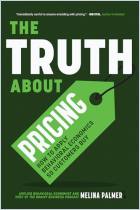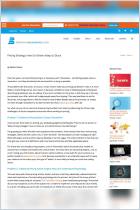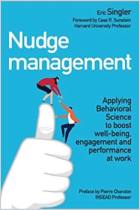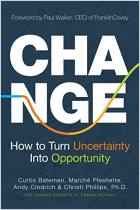People embrace change all the time – new phones, new apps, new platforms. Change itself isn’t the problem, it’s the way people’s brains react to it sometimes that causes resistance and failures. Behavioral economist Melina Palmer explains how her field is yielding powerful insights into the reasons people rebel against change, and lightens her conclusions with engaging personal stories. An accessible, actionable guidebook to getting smarter about change management.
You can only be a good leader if you understand the human brain.
Behavioral economics, a field combining traditional economics and psychology, illuminates the rules of the brain – the cognitive biases and fallacies that can explain why people act and think the way they do. Knowing about how the brain works can help managers excel in their role and, in particular, help them lead teams through change. Gallup research suggests only 10% of managers possess the natural talent needed to perform well in their roles. Despite that discouraging statistic, any manager can shine by learning and understanding how their people think and applying that knowledge in daily interactions.
For example, Nobel Prize winner Daniel Kahneman's research shows the brain has two systems for decision-making: the subconscious, termed System 1, and the conscious, System 2. The subconscious brain makes quick decisions and can handle large amounts of information. The conscious brain moves more slowly and can handle only a limited amount of information. These two systems don’t speak the same language, and as a result, people don’t always consciously know why they’ve made a decision, taken a certain...
Melina Palmer is a behavioral economist. She is CEO of The Brainy Business, providing behavioral economics training and consulting around the world, and host of The Brainy Business podcast. Palmer teaches at the Texas A&M University’s Human Behavior Lab.




















Comment on this summary or Démarrer une discussion